Modulation Explained: How Michael Jackson & The Beach Boys change keys
Modulation Explained: Have you ever wondered how artists such as Michael Jackson, The Beach Boys and Queen manage to shift a song’s key so effortlessly? How certain songs keep your attention with subtle shifts and swings? The answer lies in key modulation…
Modulation Explained: How a Song Changes Key
From a guitarist’s perspective, we know that the forever faithful capo will help us change key. However, this is just the tip of the iceberg.
By moving the capo around the neck of the guitar, you can raise the pitch to suit. However, this guide on modulation will explain the musical theory behind changing keys. Both up, and down.
What is Modulation?
Musically, modulation is the process of changing from one key to another. This could be in an upwards direction, such as from G to A. Likewise, you can also change key in a downward movement from F to D, for example.
Moreover, we can change from major keys to minor keys and vise versa. These are all different types of modulation.
Of course, they all have different effects on the listener and how the music feels. Changing from G to A would provide a piece of music with a sense of forward momentum, as we are moving upwards in pitch. Whereas moving to a minor key from a major key, would dampen the piece of music.
Chord Progressions
Let’s look at an example of changing keys via modulation. Once you understand how to change the chords, you may never need your capo ever again!
Okay, we’ll take a set of chords in the key of C major. Hypothetically, these chords are too low in pitch for a singer to accompany. Therefore, we need to raise the pitch of the song via modulation. A tone should do it, this is the distance of two steps.
Each chord in our progression must now be raised by that interval of one tone each. So, if in C major, we had an F major chord, it now becomes G major. Why? Because we have moved two steps from F, F# and ended up at G. Overall, the piece is now in the modulated key of D major.
Melody Changes
Secondly we need to see what happens when a melody, also referred to as a riff, changes key. Taking some of the same principles from changing the chords.
Here, we’re going to look at a set of notes that form the melody of a piece of music. Again, we need to modulate from one key to another. However, this time we’re going to go down in pitch.
With this example, we have a selection of notes in B minor, and we’re going to modulate to G# minor which is the distance of one tone, and a further semitone. Each respective note will change by the same distance, resulting in our new desired key.
Layla – Derek And The Dominos
You are currently viewing a placeholder content from YouTube. To access the actual content, click the button below. Please note that doing so will share data with third-party providers.
Now that we’ve seen how chords and melodies can be modulated, let’s take a look at some real-world examples. Starting with this classic rock number from Eric Clapton.
The iconic guitar intro and riff are in the key of D minor. In rock music, there aren’t many examples of modulation. Unless you count Queen‘s Bohemian Rhapsody where there are effectively three songs rolled into one.
To establish the start of the verse, the piece modulates downwards by a semi-tone to C# minor. This is a very unusual choice as it brings the song’s overall timbre downwards with it. However, when returning to the chorus, the song reverts to D minor which is an upwards key change. Thus, creating a sense of positive movement which is appropriate for a chorus section.
While you’re at it, why not set your sights on one of Eric Clapton’s signature Stratocasters? You could play some January blues on this lovely BLK strat…


Man in the Mirror – Michael Jackson
You are currently viewing a placeholder content from YouTube. To access the actual content, click the button below. Please note that doing so will share data with third-party providers.
Finally, we’re going to look at the inner workings of this 1980s power anthem. One of Michael Jackson‘s many hits, but this one helps us to look at modulation.
As we’ve said already, key changes have various effects on the feel of the music. Man in the Mirror modulates from G major to G# major which is the distance of one semi-tone. Going upwards creates a jovial and celebratory feel within the music. Appropriate for the final chorus of the song which fades out.
We also have a bit of word painting going on, which comes from the Baroque era of music. Whereby, the score reflects the vocals in a piece of music. Here, we modulate over the word ‘change‘. This is reflected when we change from one key to another.
Modulation Explained: Time to make a change?
There we go, a whistle-stop tour on changing keys for guitar. Knowing how to change keys is a vital asset for any musician, whether you’re writing a debut album, or playing in a covers band. Having that extra musical understanding will always help. Of course, you can always rely on a capo for peace of mind!


Videos:
You are currently viewing a placeholder content from YouTube. To access the actual content, click the button below. Please note that doing so will share data with third-party providers.
You are currently viewing a placeholder content from YouTube. To access the actual content, click the button below. Please note that doing so will share data with third-party providers.
Further Information:
2 responses to “Modulation Explained: How Michael Jackson & The Beach Boys change keys”

 4,6 / 5,0 |
4,6 / 5,0 | 

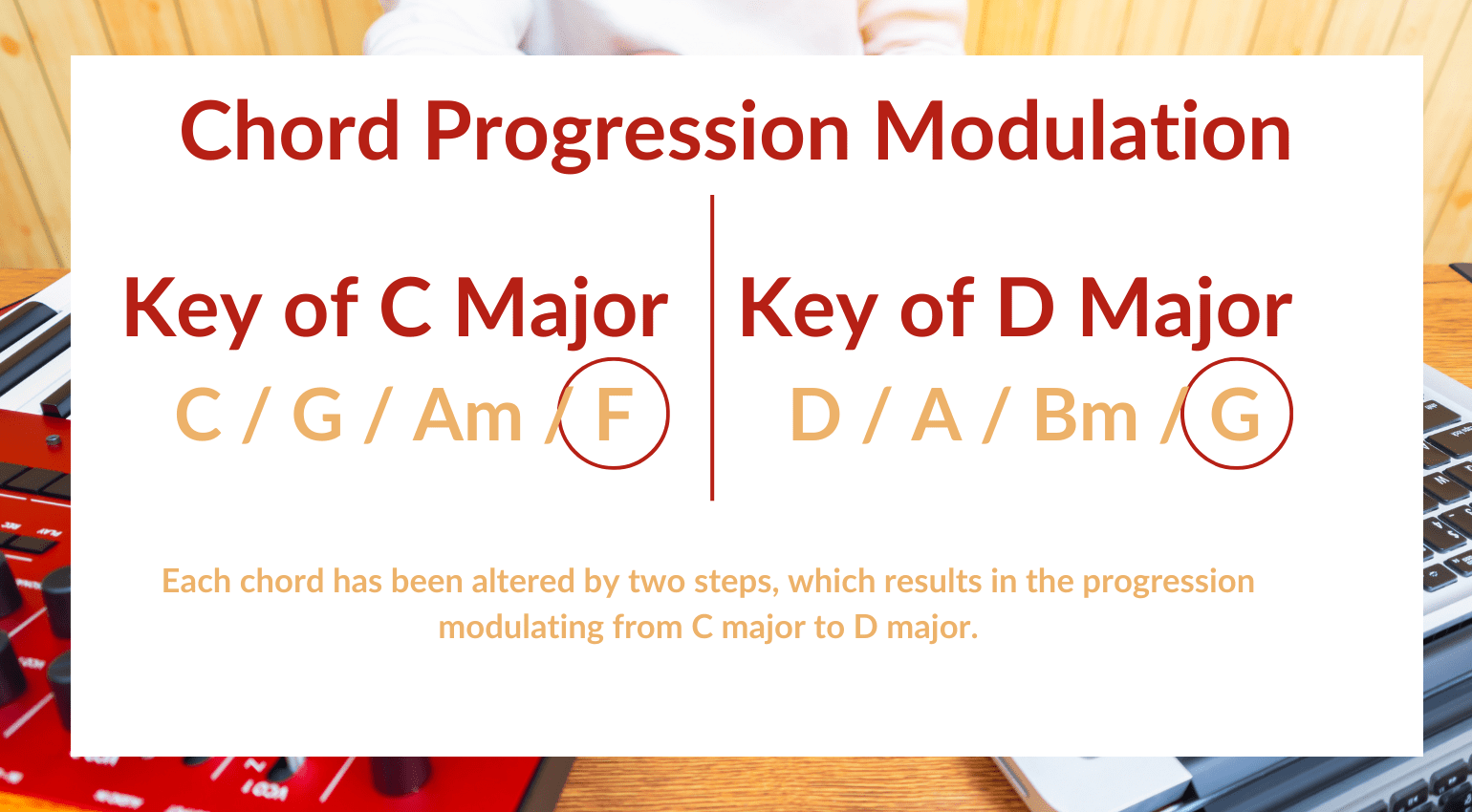
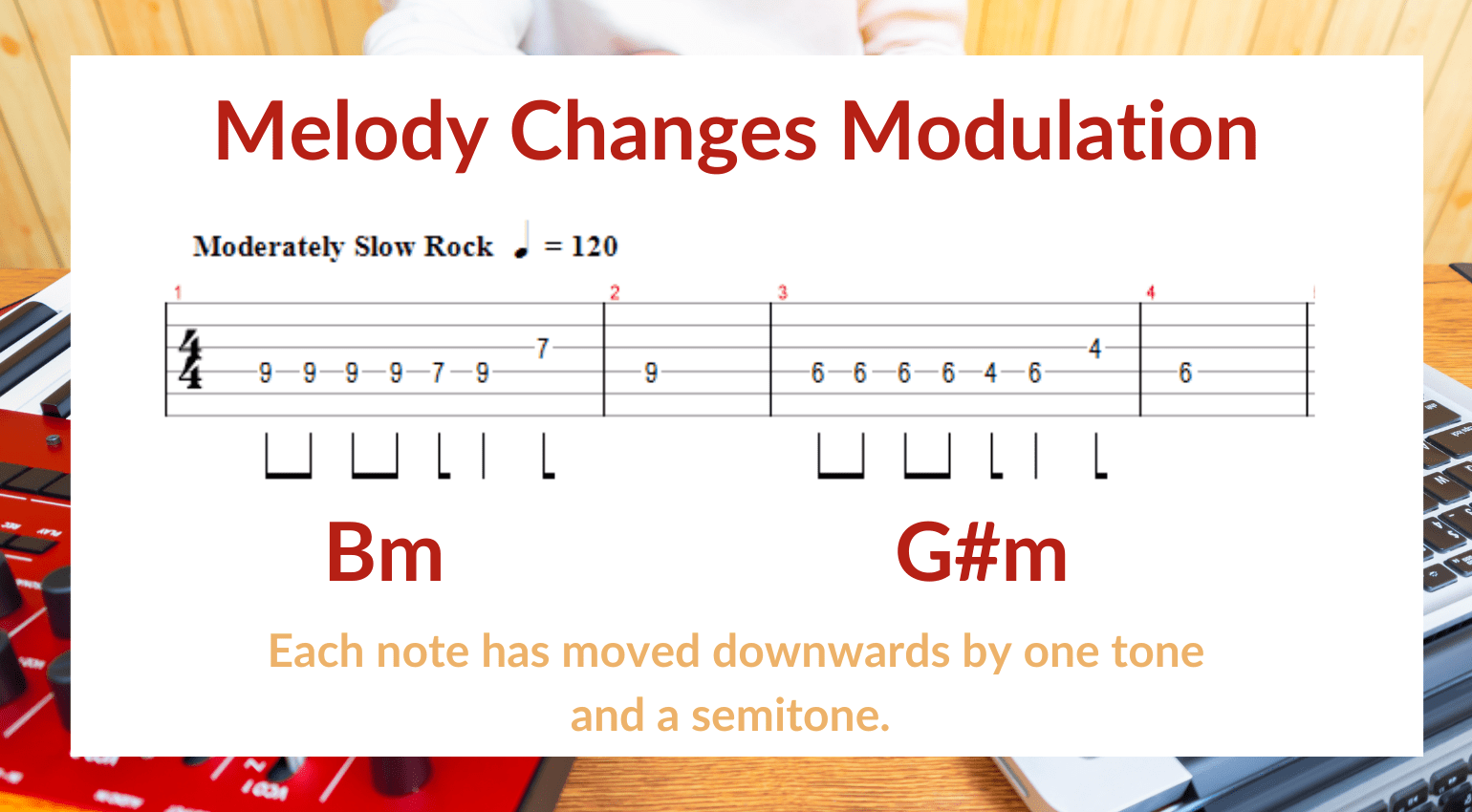
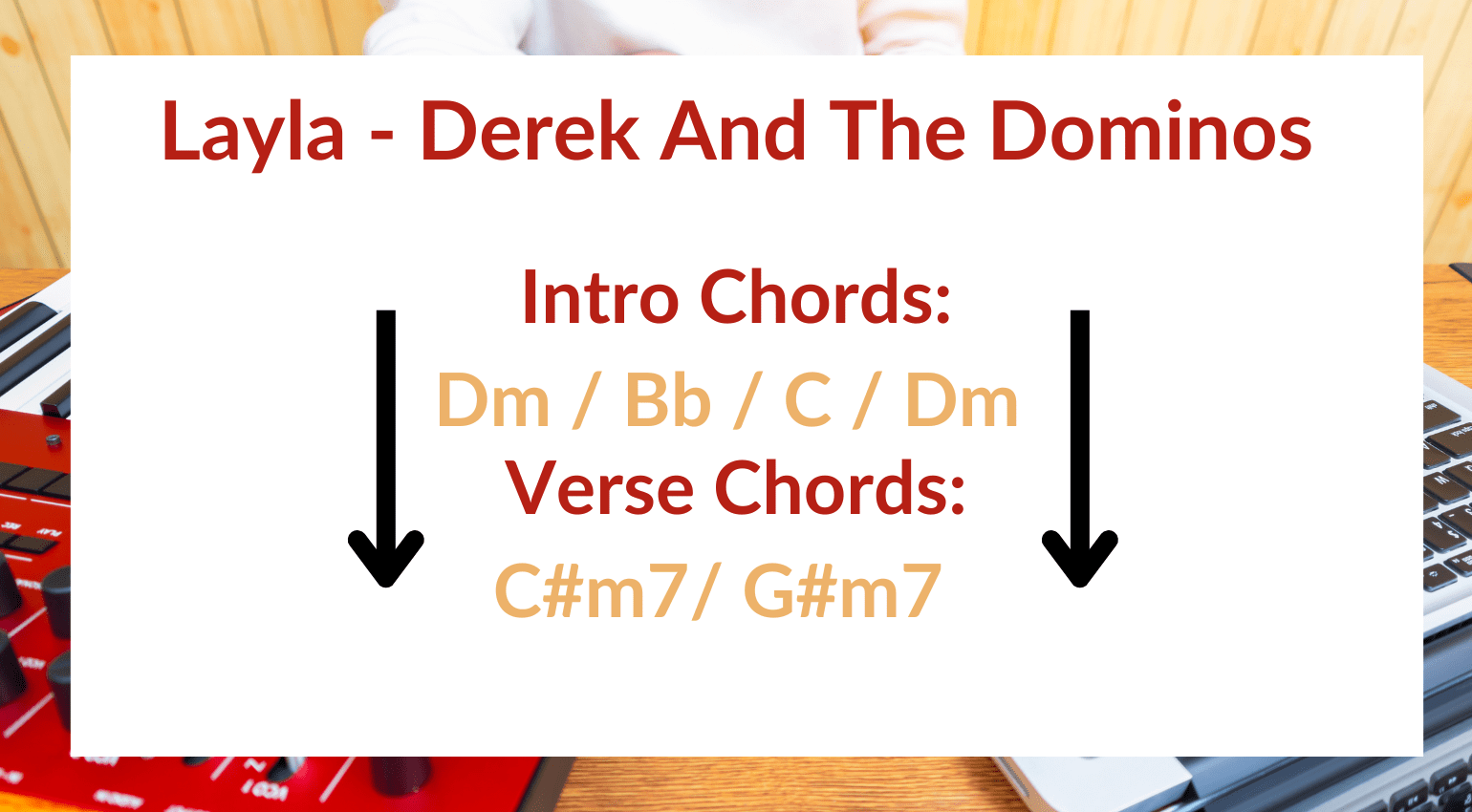

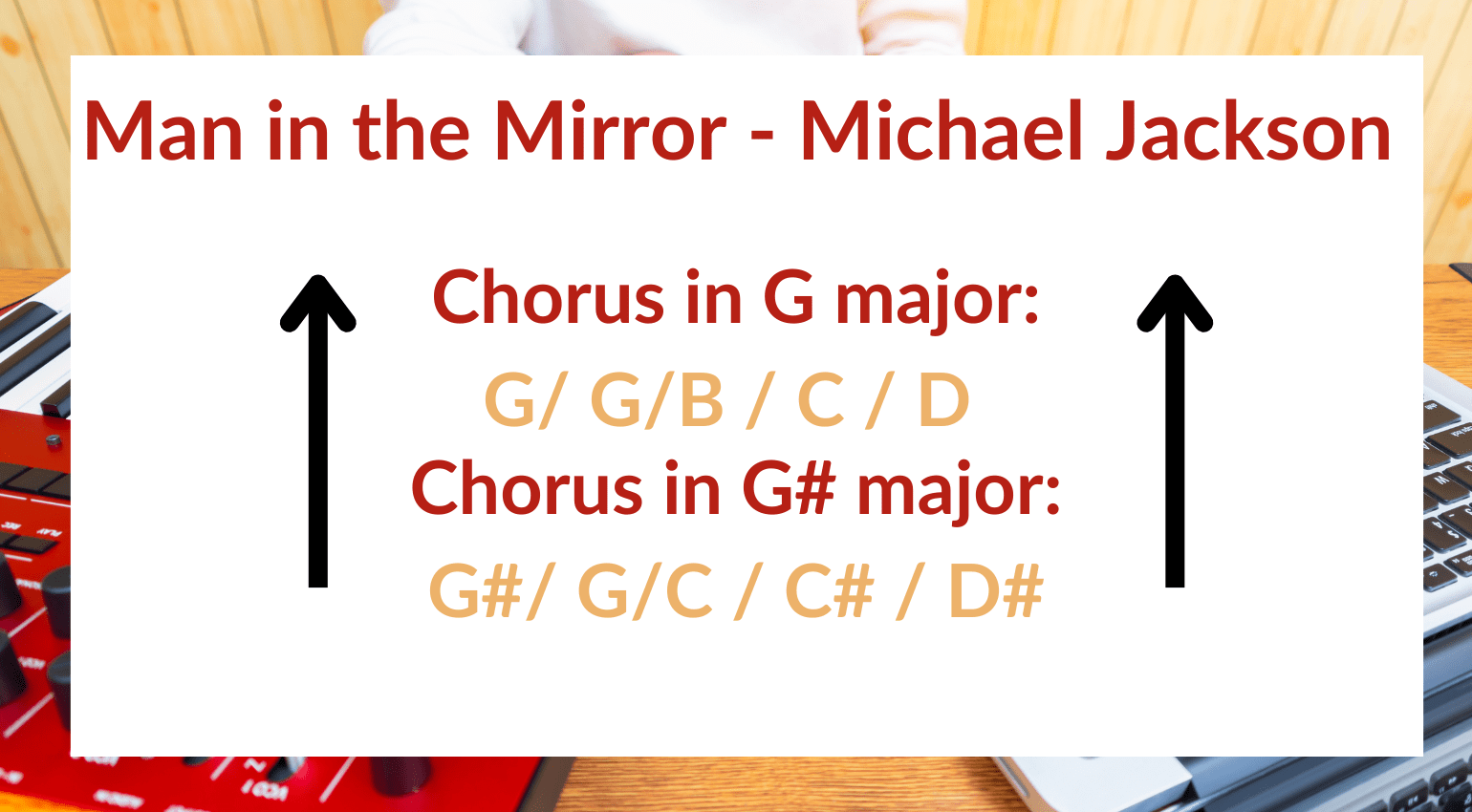




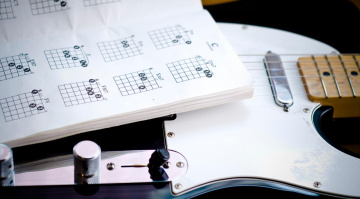


Thanks for giving us a deeper than usual theory article! Loved it!
Thanks Owen! Is there anything else you’d like to see?